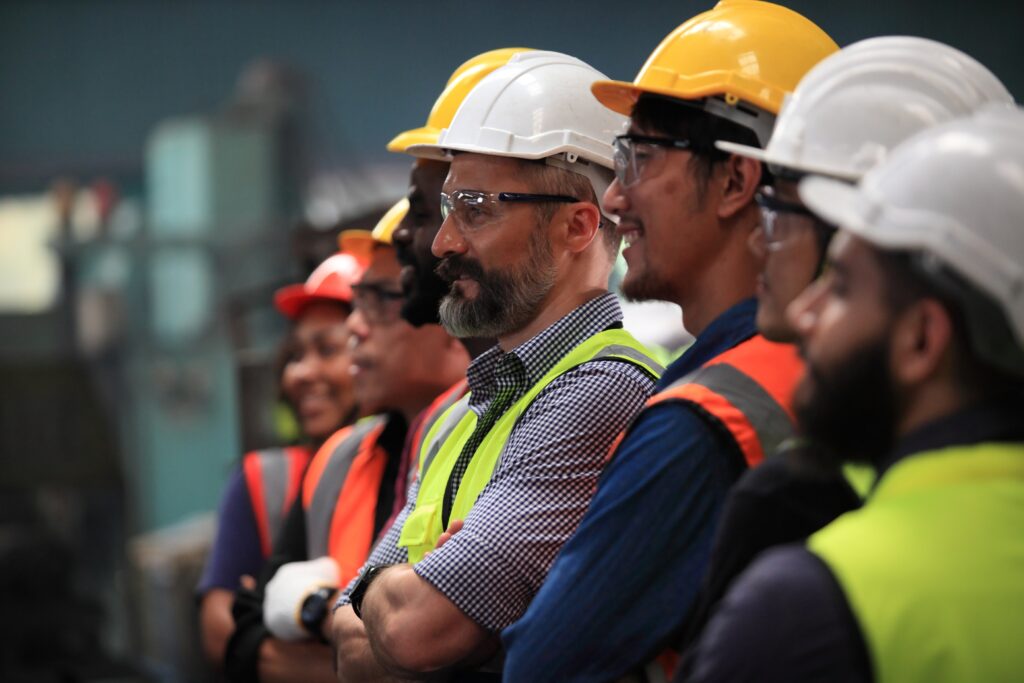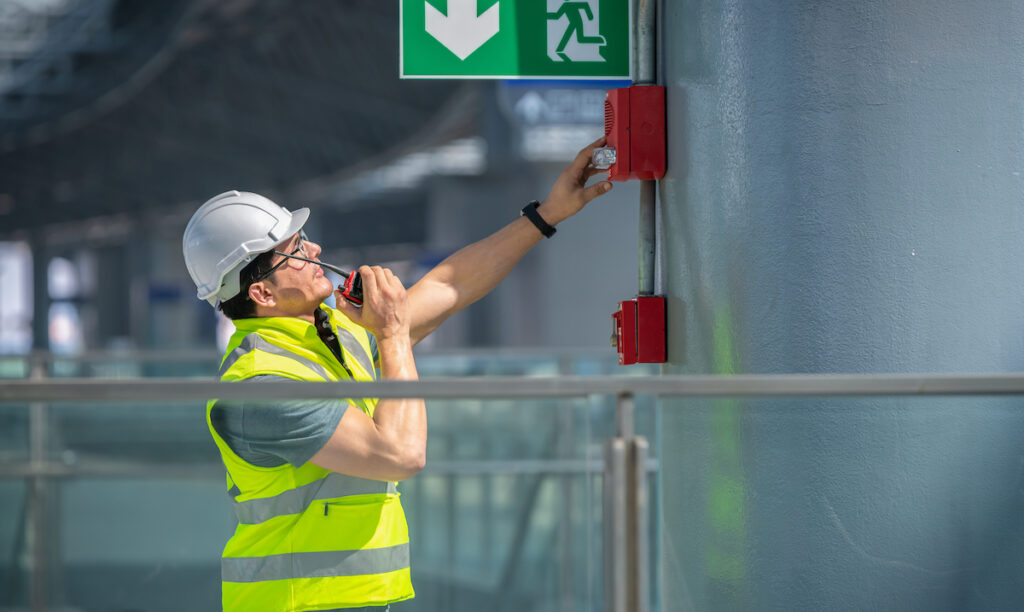With increased trends towards remote work, the issue of remote working safety has become a pertinent consideration for employers and employees alike.
While many workers have now returned to working on site, many employers have retained a certain amount of flexibility in relation to remote working. A Labour Party survey revealed that 93% of employees ‘would like the choice of flexible work’, and many workers have come to expect it. (Source)
Recent Developments in Remote Working Health and Safety
Whether working on site or from a remote location, employers must ensure the health and safety of their staff. However, recent data has revealed that many employers have not taken comprehensive remote working safety measures.
According to a survey undertaken by Mason Hayes & Curran, around 40% of organisations have not devised a remote working policy. The study, which surveyed 150 HR professionals, also revealed that 63% of organisations do not have a right-to-disconnect policy, and just 38% have carried out remote working risk assessments.
Ger Connolly, senior partner at Mason Hayes & Curran, said that “organisations should absolutely have a policy that sets out their position in relation to remote working”, and that they should complete a risk assessment of home working set-ups, and furnish employees with appropriate equipment. (Source)
The Right to Request Remote Work Bill 2021, introduced in January 2022 may bring some changes to the remote working landscape if passed into legislation. It states that when applying to work remotely, employees must provide details of their proposed working location, and complete their own assessment of their remote working location. The proposed legislation will also require employers to have a formal remote and hybrid working policy. This must consist of a written statement that defines how the employer will manage remote working requests, and “the specific conditions which will apply to remote working generally within the organisation.” It will be considered an offence to fail to have this policy in place.
The Challenges and Risks of Remote Working
Leading employment solicitor Richard Grogan warned of ‘challenges’ that employers and employees can face in the near future due to a remote working structure. Grogan stated that many homes are unsuitable from a health and safety standpoint, particularly apartments. (Source) Some of the challenges that working from home may pose include:
- Undertaking risk assessments of the home workstation
- Providing for the specific needs of at-risk groups
- Arranging equipment including computers, desks, and chairs
According to the HSA, employers must organise all work-related activities to protect “the safety, health and welfare of employers”. (Source) Here are some essential steps that you should take to ensure the safety of any employees who are working from home:
Implement a Remote Working Policy
This should outline:
- The type of work being carried out
- Whether or not there is a suitable space that is ‘safe, suitable and free from distractions’.
- Any equipment that is necessary
- How the employee and employer will communicate with each other
- Risk assessment measurements that the employer will implement
- The employee’s responsibility to report risks and accidents to the employer
- Procedures for recording and reporting risks or incidents
Complete a Remote Working Risk Assessment
A risk assessment of the home workstation must be carried out by “a competent person”, i.e. someone with adequate training and experience. If potential issues or risks are identified, these should be recorded and corrective measures taken.
Contact Ayrton Group for information about our workplace audits and risk assessment consultations.
Consider Workstation Requirements
The considerations for remote working stations will be similar to any workstation. Some of these are:
- There is adequate light, heat and ventilation in the room.
- The floor is clean and has no slip, trip and fall hazards
- Power sockets are placed in appropriate locations so as to avoid trailing cables and overloading of sockets
- There is adequate space so that the employee can move around and change positions
- The employee has the equipment necessary to complete their job effectively, such as a work desk or adjustable chair. If they do not possess adequate equipment, the employer should provide this.
- Equipment such as the desk, chair and screen should be set up ergonomically.
- Any requirements specific to sensitive risk groups
Find a full work-from-home risk assessment checklist in this HSA guide.
Looking for safety consultation or training for your organisation? Get in touch with Ayrton group for information on our safety consultancy services and training courses. Contact us by phone on (021) 421 0331 (Cork) or (01) 838 5595 (Dublin), or email info@ayrton.ie.



